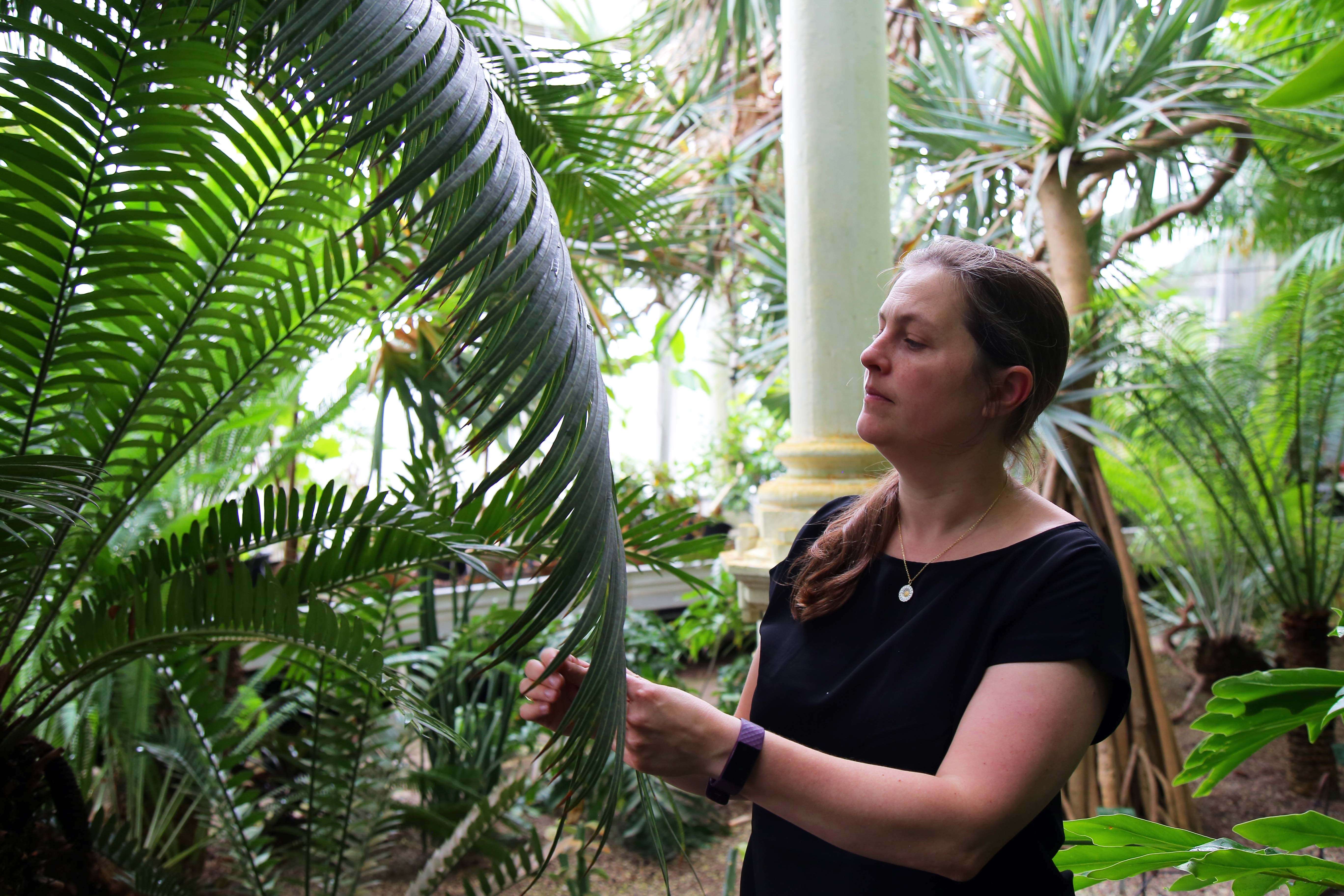Large research grant for the study of living and fossil plants
Can plant cell wall polysaccharides survive for millions of years and be measured in fossils? Can the composition of polysaccharides of plant cell walls be part of the explanation for why some plant species survive while others succumb? Louise Isager Ahl, postdoc at the Natural History Museum of Denmark, has received two million kroner to investigate these questions from the Villum Foundation's scholarship program "Villum Experiment.
Drastic climate changes and mass extinction events have affected the world's plants for millions of years - many have succumbed, but some genera and species have managed to survive even under extreme pressure. The stationary nature of land plants has forced them to evolve different defense mechanisms to ensure survival. One of these defense mechanisms is a dynamic, flexible and resilient cell wall. There is currently very little knowledge about the cell wall construction and polysaccharide composition of prehistoric species, and whether the polysaccharides have played a crucial role in the survival of a species. To investigate this Louise Isager Ahl, postdoc at the Natural History Museum of Denmark, has received two million kroner from the Villum Foundation.

Louise with a cycad (Cycas rumphii) that belongs to the cone palms. It is one of the oldest living plant lineages - at least 280 million years old. Louise is going to use some of these 'living old ones' for her polysaccharide studies to investigate if the polysaccharide composition has an effect on which are more likely to survive and which might perished. Photo, Bent Bøkman, Natural History Museum of Denmark.
- The earliest complex land plants appeared around 475 million years ago, and have since evolved into the estimated 390,900 species we know today. From fossils of the prehistoric plants, we know that some plant genera have probably survived periods of both dramatic climate change and mass extinction events. However, we do not know exactly what has given these early branching lineagest hat we still have in nature today an advantage over now extinct species, says Louise Isager Ahl.
In this project new methods and approaches will be developed for the study of polysaccharides in fossil plant material. The goal is to develop a method that can be used to easily and efficiently measure and compare the polysaccharide compositions of fossil and living plant material. The plan is that comparisons of the different types of plant cell wall data will be performed using state-of-the-art artificial intelligence-based software, and that the results will be able to provide an insight into the role of sugars in relation to plants' ability to withstand climate change.
- Ultimately, we need to know much more about the micro-morphological composition and evolution of plants, in order to further our understanding and possibly be able to predict which plants have a higher chance to survive the climatict changes we are experiencing today, says Louise Isager Ahl.
The project is set to start in the spring of 2022, and Louise hopes the first results will be ready during the project's second year. You can follow Louise and her fossil plant project on the Instagram profile @veraphical.
Contact
Bent Bøkman
PR & Press
Natural History Museum of Denmark
Ph.: +45 5383 3041
Mail: bent.boekman@snm.ku.dk
Louise Isager Ahl
Postdoc, Natural History Museum of Denmark
Ph.: + 45 353 3597
Mail: louise.ahl@snm.ku.dk
